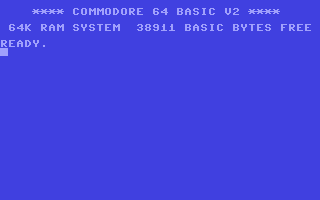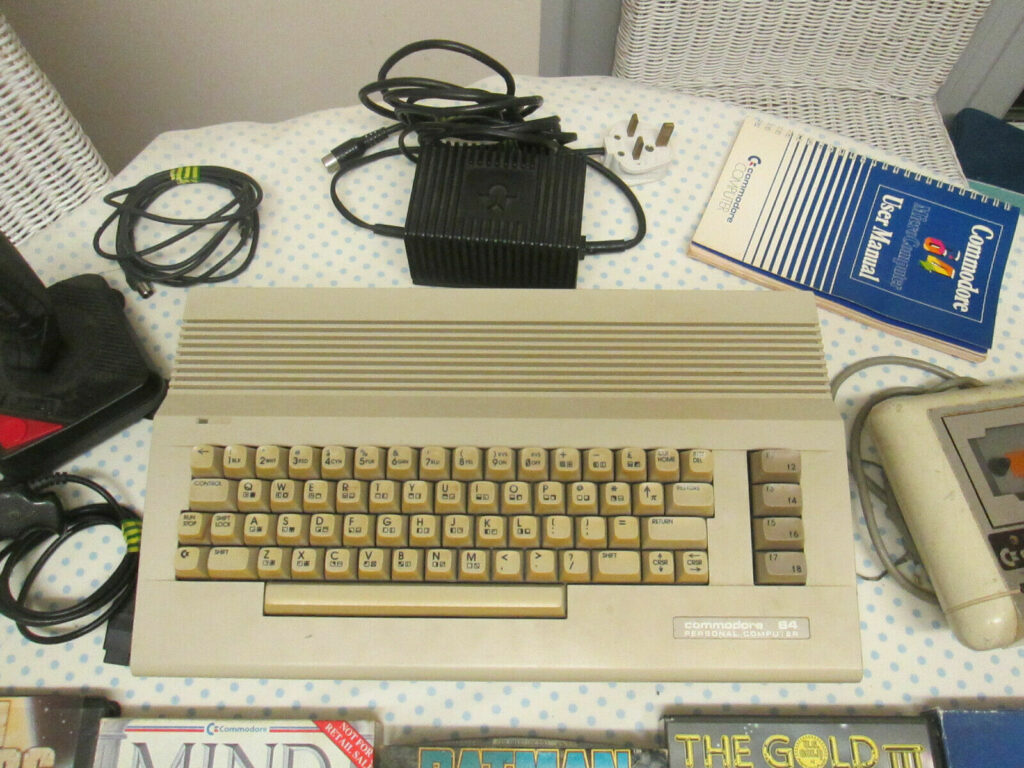
In which we investigate the options
The modern retro gamer has a number of options when it comes to the Commodore 64. The emulators available are very mature. The ultimate emulation option as of now would have to be the ‘C64 Maxi’, which is basically a single board computer running an emulator inside a reproduction C64 breadbin case. There are a couple of ‘brand new machine’ options. The C64 Reloaded is essentially a modern copy of the C64 main board, needing only the custom C64 chips to make a fully working board. The Ultimate 64 perhaps sits between the two: it is a FPGA implementation of the C64 hardware. This is a step up from emulation, but still does not match a real machine or the C64 Reloaded for compatibility and authenticity. What the Ultimate 64 does offer is USB, HDMI and ethernet ports. The Reloaded also replaces the RF modulator with dedicated S-video and audio connections. Both of these are tempting, and the modern connectors for audio and video is a real boon, but they are not a complete solution. You also need to source a case, (brand new reproduction C64C cases are available). You need a keyboard (new versions not currently available, as far as I know). And for the Reloaded you need some of the custom C64 chips. So if you are starting from scratch as I am, you really need a C64 you can raid for parts to pursue one of these options.
Ultimately I’m not that interested in these options. A C64 Reloaded I could populate myself? I’d go for that. But if I’m going for a pre-made board let’s go for the purity option and source one put together in a Commodore factory. Here is the Commodore 64 and accessories I bought off of eBay. It cost me £82.

It’s worth tracking the cost because what I’ve bought here is basically the same thing I cheerfully threw in a skip some year’s back, so the cost here is money I have literally thrown away. We’ll be tracking this number as we go, for no other reason than to simplify things for my wife’s solicitor when she’s building the case for the divorce proceedings.
First impressions are that the owner of this machine was a smoker. It reeks of stale smoke. It’s also pretty grubby: feels a bit nasty and the keyboard is very yellowed. The cassette deck is extremely filthy inside and out. However, dirt cleans off. Underneath that the machine looks in good condition: no knocks or gouges into the case. There is one tiny hole near the power LED, as if someone has stabbed it with a compass, but otherwise it’s a nice example. It’s the same C64C model I had in my youth. I suspect it might be a slightly earlier model. This is because when I look underneath I see the case is secured together with screws. The latest models of C64C lost the case screws for cost saving reasons, and were just clipped together. My dim memory is that this was true for my old machine, although I might be wrong.
This was sold to me as working, so I connect the machine up to a display. This is easier said than done, and I will discuss this in detail in a future post. I plug in the power supply and switch it on, to see that beautiful, blue-on-blue C64 screen. I tap a few keys on the keyboard to make sure it works. All good. Then I quickly switch the machine off, and I won’t be switching it on again. There’s a killer on the loose.